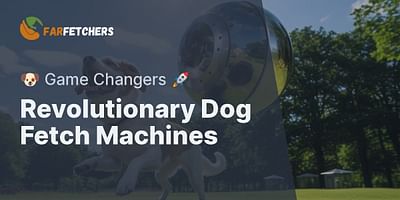Clara Jefferson is a seasoned dog trainer with over 20 years of experience. She specializes in teaching dogs to fetch and is a certified canine behaviorist. Clara's love for dogs began in her childhood and she turned this passion into a rewarding career.
Dogs have an incredible ability to learn and recognize objects, including their toys. While it may seem like magic, their ability to distinguish between toys and other objects is actually a result of their natural instincts and the training they receive. In this answer, I'll explain how dogs develop this skill and provide some tips on how you can help your furry friend become a pro at recognizing their toys.
1. Instinctual Behavior: Dogs have a natural instinct to play and explore their environment. This instinct helps them develop object recognition skills. When they interact with different objects, they use their senses of sight, smell, and touch to gather information about the object. Over time, they learn to associate specific characteristics of their toys, such as shape, texture, and scent, with the fun and playfulness that comes with them.
2. Training and Repetition: Training plays a crucial role in helping dogs distinguish between their toys and other objects. By consistently using the same cues and commands, you can teach your dog to associate certain words or gestures with their toys. For example, you can use a specific word like "toy" or "fetch" when introducing their toys during playtime. With repetition and positive reinforcement, your dog will start to understand that these cues are associated with their toys and will learn to differentiate them from other objects.
3. Object Distinction Exercises: To further enhance your dog's ability to distinguish between toys and other objects, you can incorporate object distinction exercises into their training routine. Start by selecting two or three different objects, including their toys, and place them in front of your dog. Encourage them to interact with their toys by using the cue word you've established. When they choose the correct toy, reward them with praise, treats, or playtime. Gradually increase the number of objects and continue reinforcing the correct choice. This exercise helps your dog understand that their toys have a special significance and differentiates them from other items.
4. Consistency and Reinforcement: Consistency is key when teaching your dog to distinguish between their toys and other objects. Use the same cues, gestures, and words consistently during training sessions and playtime. Reinforce the behavior you want to see by rewarding your dog whenever they choose their toys correctly. Positive reinforcement, such as treats, praise, or extra playtime, helps reinforce the association between the cue and the desired behavior.
Remember, every dog is unique, and the time it takes for them to fully grasp the concept of distinguishing between toys and other objects may vary. Be patient, consistent, and always use positive reinforcement to encourage and motivate your furry friend.
By understanding the instinctual behavior of dogs, incorporating training techniques, and providing consistent cues and reinforcement, you can help your dog become a pro at recognizing their toys. Happy fetching!
For more tips and guidance on dog training, including teaching dogs to fetch, be sure to explore our comprehensive resources at Far Fetchers.















